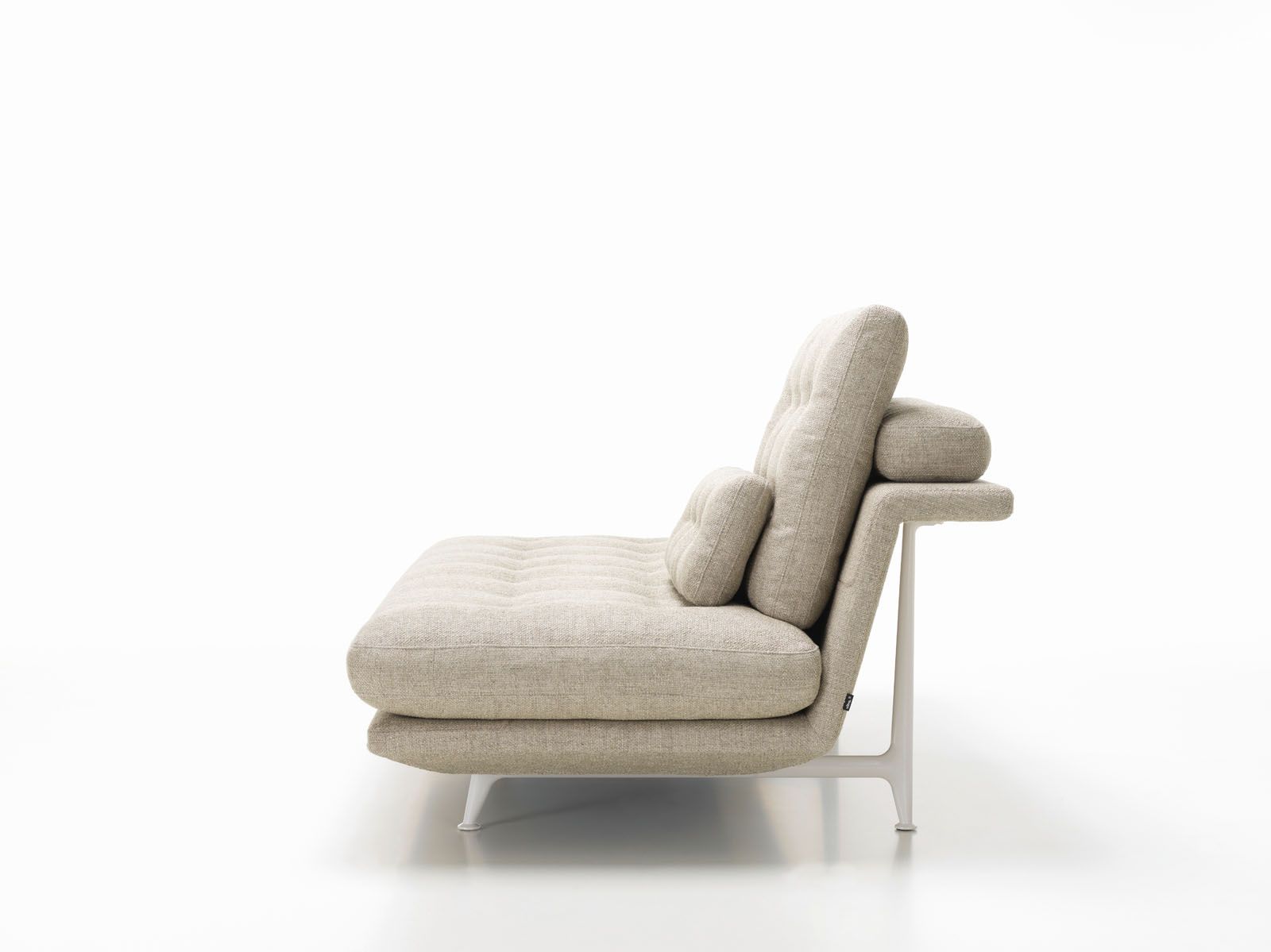Antonio Citterio seeks to refine his furniture designs while creating new and more compact pieces that answer to the changing needs of urban life
Clad in stone, the unobtrusive, almost-invisible front door swivels to lead us into the office of Antonio Citterio Patricia Viel, a studio led by its namesake co-founders.
Located in central Milan, the entrance is nondescript if not for the doorplate on its right. Inside, the interior is modern and a tad austere. The low-rise building hums with activity as a team of 100 works on projects around the globe—projects that epitomise the understated elegance that the multidisciplinary practice is known for.

It’s here in the private office of Antonio Citterio, that we meet the design maestro himself. His demeanour is gentle and composed, and his replies contemplative as he reflects on his oeuvre, which spans almost five decades. Dubbed the gentleman of design, Citterio’s creative output is a concise collection of streamlined work that, in the studio’s words, “use(s) form to elevate function”.
“An architect, in principle, is like an artigiano (craftsman in Italian),” says the 69-year-old. “You check the product, change it a little bit if it’s not right and then pass it to another person to check. You have 100 persons checking, and then you start again with the checks and control.”





